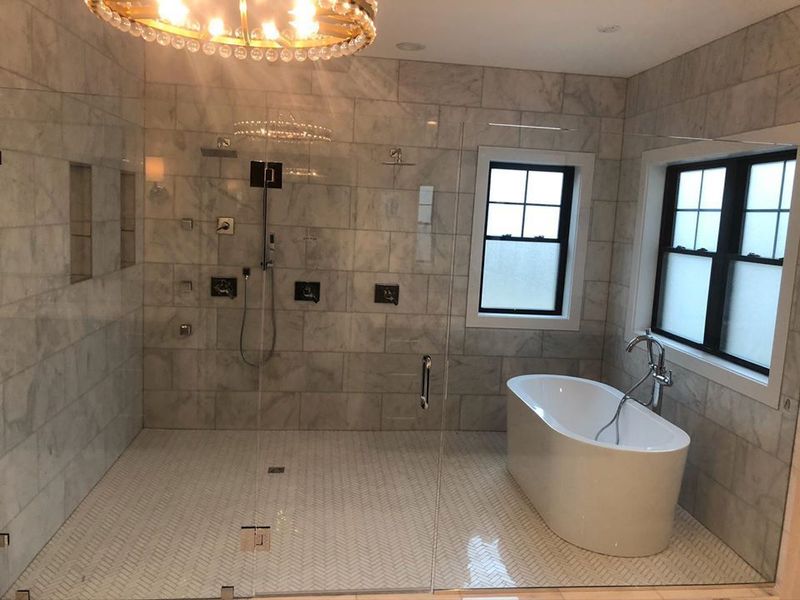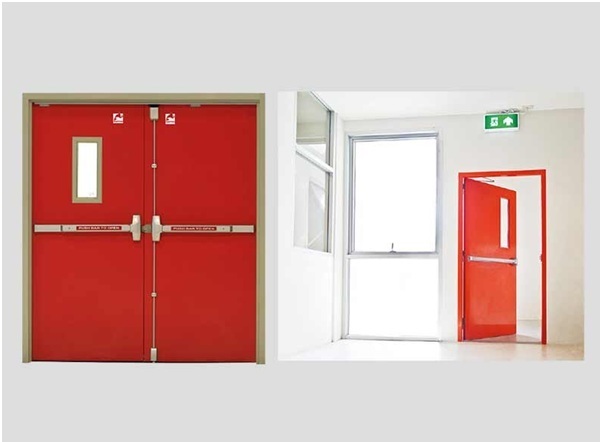How to Attain Industrial Fan and Pump Noise Control?
532
0
·
2021/08/27
·
4 mins read
☕
WriterShelf™ is a unique multiple pen name blogging and forum platform. Protect relationships and your privacy. Take your writing in new directions. ** Join WriterShelf**
WriterShelf™ is an open writing platform. The views, information and opinions in this article are those of the author.
Article info
Categories:
⟩
⟩
Tags:
Total: 809 words
Like
or Dislike
More from this author
More to explore










Industrial noises are sourced from mechanical (machinery) noises and from the industrial processes that are performed. Rotors, internal combustion engines, motors, gears, and fans contribute to equipment noise. Noise coming from mechanical operations includes crushing, blasting, mixing, drilling, pumping, and filling. Thus, noise is particularly a concerning subject that needs to be addressed. On average, an industrial person is daily exposed to 85 dB of sound. People occupied in different industrial sectors which include agriculture, mining, construction, food processing units, etc. are exposed to greater risks everyday.
Noise pollution over the years has become a hazardous ordeal. So much so that, among others, it has become one of the alarming occupational hazards. Resultantly, people being exposed to such working environments are at greater risk. In such a crisis, mechanical noise enclosures such as pump enclosures, fan silencers, noise absorbers and insulators have become increasingly effective and popular. They have ensured a safer and less precarious work environment.
Pump noise control: How to?
Mechanical vibrations in the pump casing and piping emit pump noises. Although often attributed to the cavity, pump noise can also occur due to failing bearings, turbulence, and recirculation. Sometimes, a bad location and fit can also lead to pump noise.
● Checking for bearing failure
This is done with the help of a mechanical stethoscope. Listening to the pump volute, if there is any loud noise then, it can be eliminated from the source. Thus, limiting the pump noise.
● Checking for suction pressure
To change or reduce cavitation noise, often it is linked to suction head and flow. Changing either of them can help curb piping noise.
● Passive sound absorbents or pump enclosures
Pumps acoustic enclosures or pump casing, are built in and around the pump, separating it from its surroundings. Thus, aiding in pump noise control. High maintenance and protection are required. Those pumps which operate at particular temperatures can require ventilation too.
● Active pump selection measures
An active measure for pump noise reduction is to have the right kind of pump placed at the right location. Designed for a particular task in the right size can often prevent it from generating noise.
Fan noise control: How to?
Quite surprisingly, fans are quieter when they are at their peak efficiency. Choosing a fan noise controller or a fan silencer depends on a variety of factors. The noise erupts mainly due to belt-driven centrifugal fans. According to the environment, lighting, and ventilation concern, a fan silencer or a blanket wrap is chosen. Making it lower than 85 dB and keeping in mind the other factors, remedies the fan noise.
● Addressing root cause for fan noise
Selection of a fan that operates at its highest frequency with a high-frequency wheel design. After that, controlling the fan with variable frequency drives can help attenuate some noise. Fan damping is also chosen to reduce noise coming from chutes, conveyors, panels, and hoppers.
● Inlet and outlet: Fan silencer
Inline attenuators and silencers are chosen for axial and centrifugal fans. Noise is reduced by 10 to 25 dBA. It also depends on the type, weight, and length of the silencer used.
● Sound blanket/ Rigid Cladding
After fixing, the fans with inlet and outlet silencer, next a noise blanket or cladding can be used for the residual attenuation.
● Vibration isolators
These are used to prevent the transmission of fan vibration to the nearby supporting equipment. Helps to curb the noise spreading from solid connectors.
● Motor and belt noise attenuators
Motors and belts attached to the fan can also contribute to noise generation. A belt and motor guard are then used to limit the noise up to 5 dB.
It is always recommended that before installing any kind of fan, fan noise and its contributors should be the first step to take into account. Certain residential and school areas are often surrounded by factories, in which case it is highly appropriate to administer fan noise control measures.
Why need enclosures and noise controllers?
Today, more than before, with the advancements in technology and the manufacturing sector, occupational endangerment as noise can be controlled. To reduce mechanical noise, sound absorbers, blankets, acoustic enclosures like pump enclosures, fan silencers are used.
Pump and fan noise control seems to play the most crucial part as these are continuously and commonly used in the manufacturing sector. Every 1 out of 3 industries requires fans, pumps, rotors, blasters, drillers, hence, it is evitable to control their noise too.
Speaking from a point of view of the work environment, communication gets hampered due to noise from equipment.
This is all about how industries are affected by noise in and out. The non-industrial areas like gymnasiums, cinema halls, auditoriums, cafeterias also emit unwanted noise. Thus, noise is all around and soundproofing measures should be taken into consideration more solemnly than ever before.